Exploring the Craftsmanship Behind Super Mario Odyssey’s Diverse Kingdoms
Super Mario Odyssey, released by Nintendo in 2017, is a landmark achievement in gaming, particularly in how it meticulously crafts its diverse kingdoms. Each environment is a testament to the creative prowess behind its development, encapsulating art, music, and gameplay mechanics that elevate the player experience. This article delves into the intricate craftsmanship invested in creating the game’s varied landscapes and how these elements are interwoven to make Super Mario Odyssey an awe-inspiring adventure.
The game introduces players to a vast universe of distinct kingdoms, each with its unique aesthetic and cultural flair. From the bustling streets of Metro Kingdom to the serene landscapes of the Seaside Kingdom, the artistic direction of each area is nothing short of a masterpiece. The developers at Nintendo have truly set a new standard in world-building. The realistic yet whimsical art style brings these kingdoms to life, making every corner worth exploring.
In Metro Kingdom, for example, the cityscape is marked by towering skyscrapers and streets filled with bustling crowds reminiscent of New York City. The attention to detail is astounding, with every building and NPC (non-playable character) contributing to a dynamic urban atmosphere. Here, the game’s mechanics shine, as Mario can traverse the city using acrobatic feats, interacting with various elements that mirror real-world activities. The kingdom’s design encourages players to climb and discover, reflecting the urban culture of ceaseless exploration and ambition.
Contrastingly, the Woodland Kingdom presents a lush environment where nature and technology coexist. This kingdom exemplifies Nintendo’s knack for creating visually thematic contrasts within a single game. The biophilic design of the Woodland Kingdom allows players to immerse themselves in an environment that feels vibrant and alive. Flora and fauna are rendered with meticulous care, giving the landscape a sense of authenticity and wonder. Moreover, the levels are designed to exploit vertical space, urging players to think creatively as they navigate through treetops and waterfall-adorned cliffs.
One crucial aspect of Super Mario Odyssey’s kingdom development is the audio experience crafted alongside the visuals. Each kingdom is scored with its unique music that not only complements its setting but also adds a layer of emotional depth. The music of the Lake Kingdom, with its orchestral swells and serene melodies, perfectly encapsulates the underwater adventure and exploration, enhancing the player’s sense of tranquility and wonder.
The sound design is not just background score but an integral part of gameplay mechanics. For instance, in the Sand Kingdom, rhythmic claps and percussive beats synchronize with Mario’s movements, encouraging rhythmic exploration and engagement with the environment. Such auditory cues enrich the player’s tactile experience and deepen immersion, highlighting Nintendo’s holistic approach to game design where sound and visuals work in concert to evoke strong emotional responses.
Gameplay plays a critical role in each kingdom’s craftsmanship. The clever use of Cappy, Mario’s versatile headgear, adds an entirely new dimension to exploration and interaction. The kingdoms are designed to leverage Cappy’s abilities, enabling Mario to possess objects and characters, which unlock new paths and secrets. In the Luncheon Kingdom, for example, players can take control of a fireball-like creature to navigate expansive pools of lava, showcasing the creative synergy between character ability and level design that enhances engagement and replayability.
Costumes play a significant role in each kingdom’s cultural identity. The developers have carefully curated outfits that complement the theme of each realm, drawing inspiration from various cultures and historical contexts. This not only adds depth to Mario’s character but also provides players with an opportunity to engage with the aesthetic narrative. In areas like the Cascade Kingdom, with its prehistoric theme, Mario can don a caveman outfit, turning a simple wardrobe change into a delightful part of the gaming experience.
Attention to detail is a hallmark of Nintendo’s design philosophy as observed in the side quests and hidden activities scattered across each kingdom. Engaging in these tasks reveals additional layers of storytelling and enhances the sense of connection with the game world. The interaction with NPCs, who reflect the cultural backdrop of their respective kingdoms, offers insights into the lore and enriches the narrative tapestry. Each encounter encourages curiosity and exploration, rewarding players who seek to uncover the secrets of each kingdom.
Environmental storytelling is further reinforced by visual and interactive elements like puzzles, hidden collectibles, and Easter eggs that refer to past Mario games. These features effectively serve nostalgia while ensuring that each kingdom feels rooted in the broader Super Mario universe. For experienced players, these nods to earlier titles not only reward dedication but also craft a bridge connecting the past and present facets of the franchise.
The mastery behind the kingdom development in Super Mario Odyssey also extends to how these are seamlessly integrated into the game’s larger narrative. Each environment serves as a narrative arc, providing context and staging points for the unfolding story. The varied landscapes reflect Mario’s journey across the globe, adding urgency and an epic sweep to his quest as players are driven to rescue Princess Peach and thwart Bowser’s plans.
Technical prowess is evident in the game’s smooth performance, even when traversing vast open worlds or dense urban settings. Despite the Nintendo Switch’s hardware limitations, the game delivers impressive frame rates and visual fidelity through efficient coding and optimization. This technological achievement ensures that the artistic vision is unimpeded, allowing the richness of each kingdom to be fully appreciated without technical distractions.
The multiplayer design elements add to the craftsmanship narrative. Cooperative gameplay mechanics enable another player to take control of Cappy, adding layers of teamwork to the exploration and puzzle-solving dynamics. This enhances the game’s reach, making it accessible for varying play styles and player skill levels while also encouraging collaborative strategies and shared joy in discoveries.
Super Mario Odyssey stands as a seminal entry in the franchise largely due to the craftsmanship behind its kingdom designs. Through the fusion of art, sound, gameplay, and technology, Nintendo has created an intricate patchwork of worlds that are both diverse and cohesive. This blend of creativity and innovation ensures that each kingdom offers a unique, immersive experience that captivates players and sets a new benchmark in video game design.
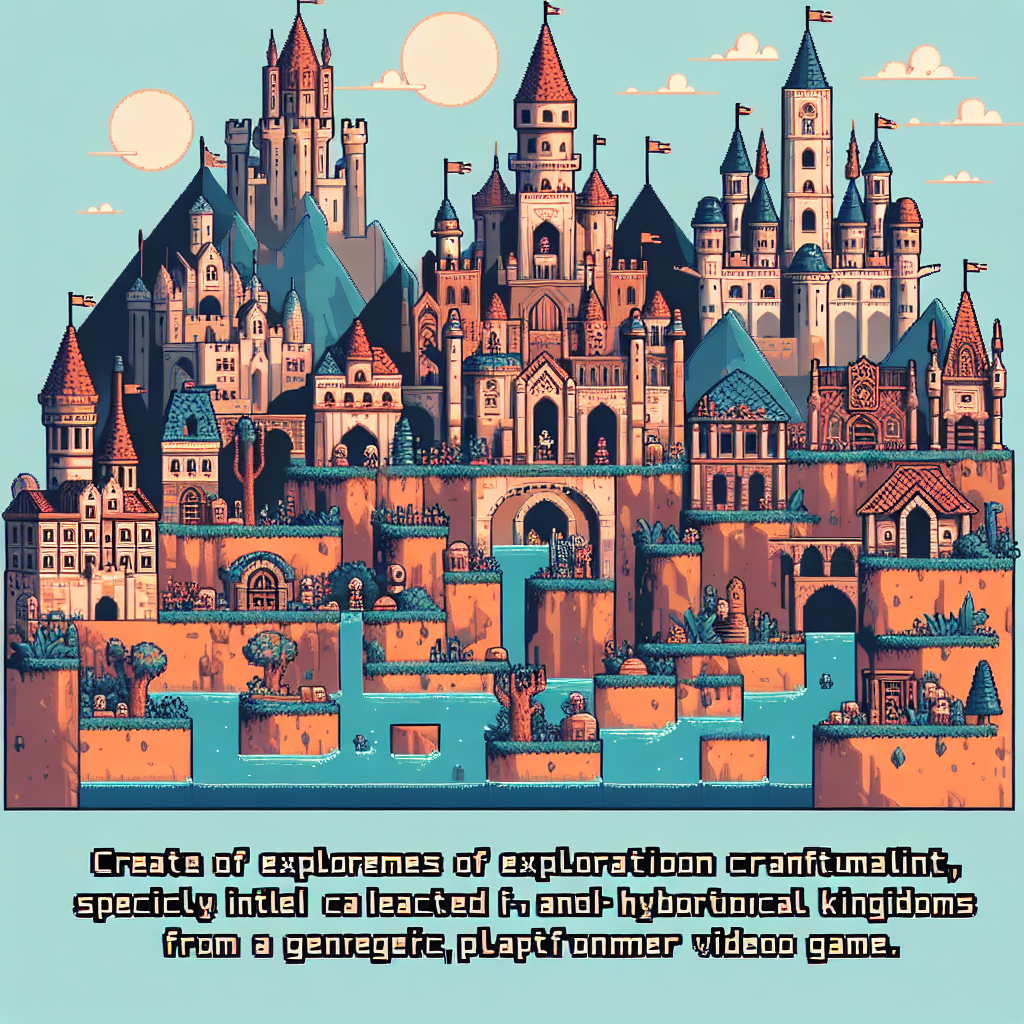

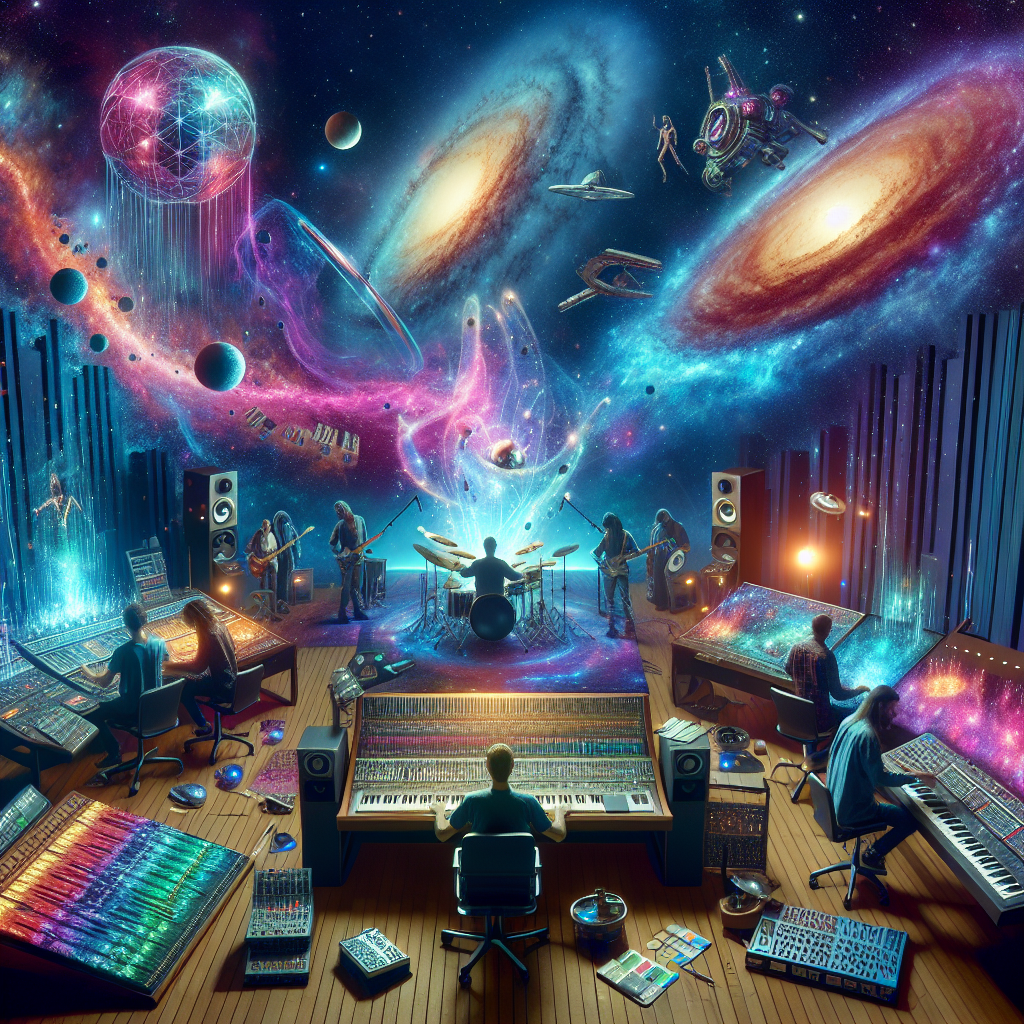
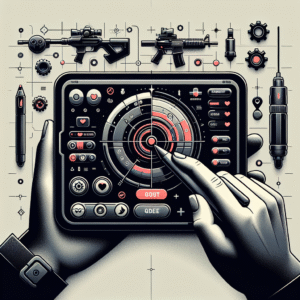





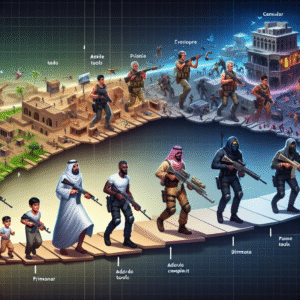
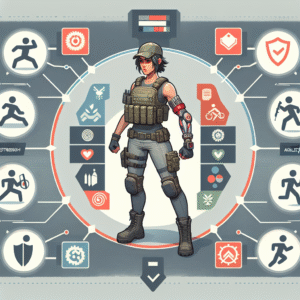

Post Comment